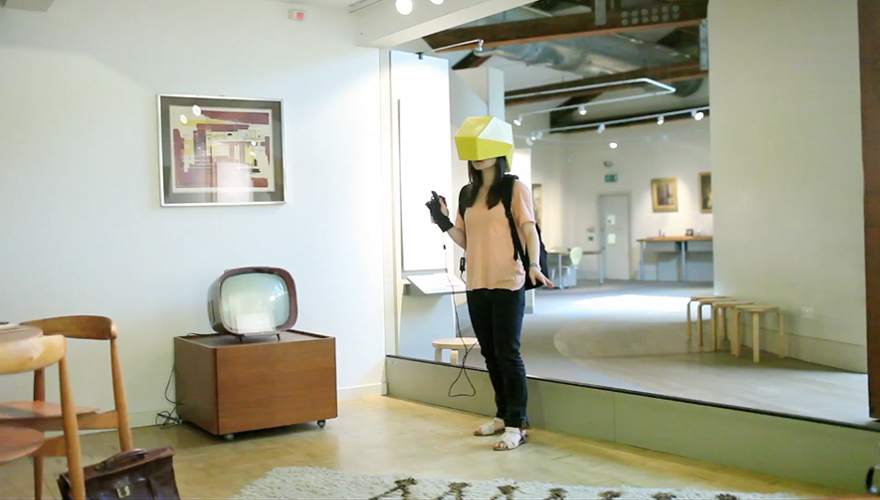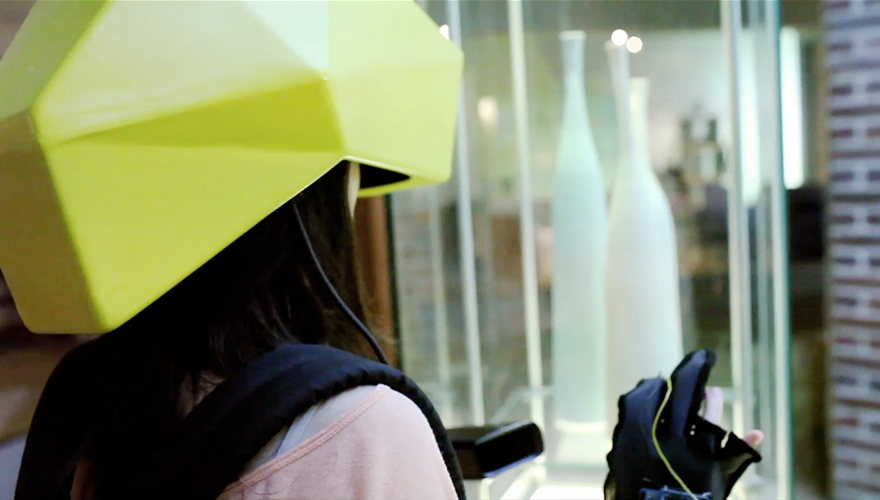[gallery]
A group of students from Simon Fraser University have developed a concept to help improve the lifestyle of the visually impaired in a meaningful way through one of the most important senses for visually impaired: touch. Point Locus is a way finding garment. The project consists of an electronic vest that communicates with a GPS unit and a simple language of vibration signals that are fed through two vibrating pager motors located on the triceps. The vibrations provide directions that help you navigate through your environment.
The team developed the project by interviewing visually impaired members of the Canadian National Institute for the Blind. During the interviews, individuals with impaired vision expressed to the team a desire for greater independence. Currently, traveling long distances or through unfamiliar locations was an insurmountable burden, forcing them to ask for help from people with vision, or use transportation going directly to their destination. Such direct transport was expensive, and rare, making it unreliable. Visually impaired users are already able to navigate their immediate surroundings very well, but run into issues when it comes to targeting places, and being aware of where they currently are the farther they go.
With the team's solution, the visually impaired will be able to perform long distance way finding, and travel to both far-off and unfamiliar places without assistance, while still using their familiar tools such as white canes and guide dogs to navigate through their immediate space.
Contnue reading on Point Locus
Images from Point Locus


